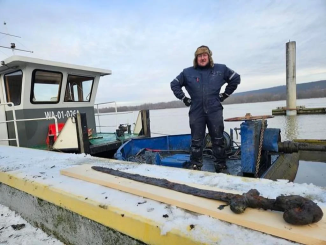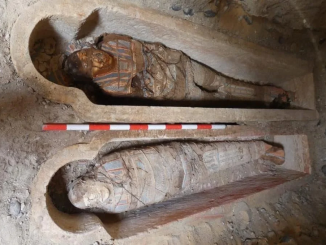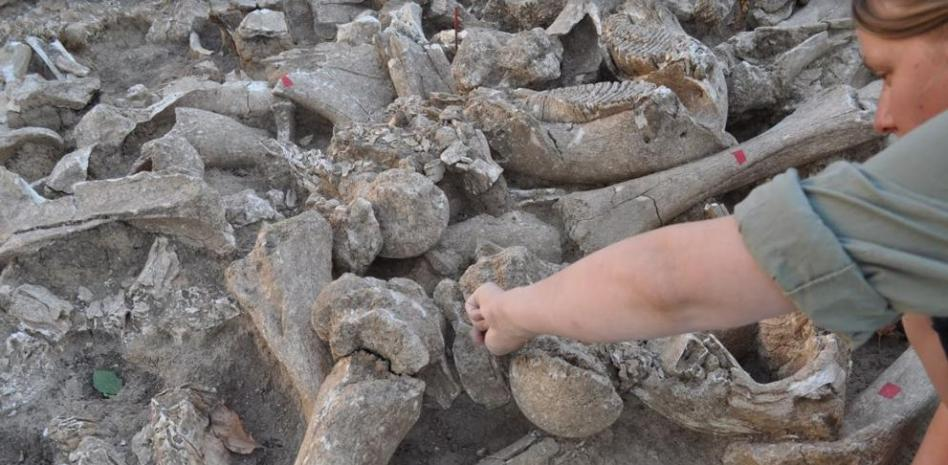
Unveiling an Ancient Enigma
In 2014, archaeologists unearthed a remarkable discovery at Kostenki 11 in Russia: a mammoth-bone circle constructed from the remains of over 60 woolly mammoths. Dating back 25,000 years, this enigmatic structure has captured the imagination of researchers worldwide, sparking debates and inquiries into its purpose, construction methods, and significance within Ice Age hunter-gatherer societies. In this blog post, we delve into the captivating story of the mammoth-bone circle and the intriguing questions it raises about our ancient past.
Unraveling the Secrets: Insights from Archaeological Investigations
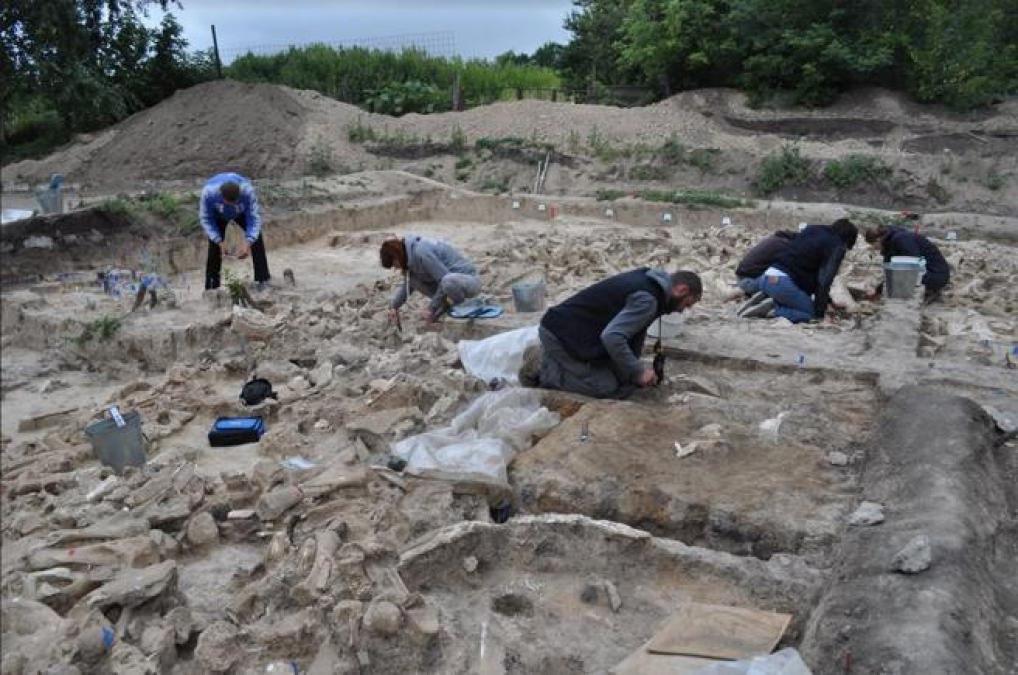
Archaeological investigations at Kostenki 11 have provided valuable insights into the mammoth-bone circle and the people who constructed it. Evidence of burned mammoth bones suggests that Paleolithic individuals likely used bone fuel to ignite fires, indicating a sophisticated understanding of fire usage for activities such as butchering mammoth carcasses. Additionally, the discovery of plant material resembling modern vegetables hints at a diverse diet that may have included vegetable accompaniments to mammoth meat dishes. These findings shed light on the resourcefulness and adaptability of Ice Age hunter-gatherer communities.
The Puzzle Deepens: Unanswered Questions and Ongoing Debates

Despite significant discoveries, numerous questions continue to surround the mammoth-bone circle at Kostenki 11. Debates persist regarding whether the mammoths were hunted or scavenged, the duration of human occupation at the site, and whether the structure held any ritualistic or symbolic significance. The ongoing discourse among experts underscores the complexities of interpreting ancient structures based solely on archaeological remnants. As researchers grapple with these unanswered questions, new discoveries and analyses offer fresh perspectives on the mysteries of the past.
A Glimpse into Ancient Life: Understanding Ice Age Hunter-Gatherers

The mammoth-bone circle not only showcases remarkable construction skills and resourcefulness but also offers a glimpse into the daily lives of Ice Age hunter-gatherers as they navigated the challenges of the last glacial period in Europe. The find highlights the resilience and creativity of our ancient ancestors as they adapted to their harsh environment, utilizing the resources available to them to create structures that endure through the ages. As we continue to uncover the secrets of the mammoth-bone circle and other archaeological marvels, we gain a deeper appreciation for the rich tapestry of human history and the enduring legacy of our ancestors.
Preserving the Past: The Importance of Archaeology
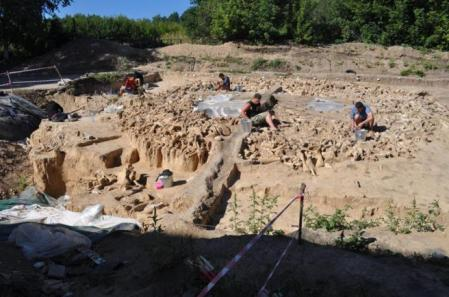
The discovery of the mammoth-bone circle at Kostenki 11 underscores the importance of archaeological research in unraveling the mysteries of our past. By meticulously excavating and analyzing ancient sites, archaeologists piece together the puzzle of human history, shedding light on the diverse cultures, practices, and innovations of our ancestors. As we strive to preserve and protect these invaluable archaeological treasures, we honor the legacy of past civilizations and ensure that their stories endure for generations to come.
